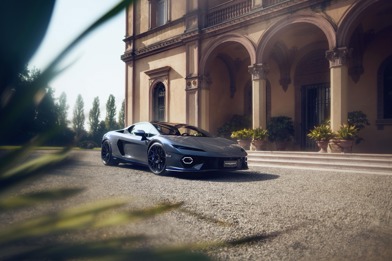When Holden made the decision to quit car manufacturing in Australia in 2013, it said it had been hit by a 'perfect storm' of unfavourable economic conditions.
A high Australian dollar, high production costs, a small domestic market and increasing global competition, combined with the coalition government's decision to end financial assistance, simply rendered local vehicle production unviable.
The same was true for Ford and Toyota and with Holden's closure on Friday, there is now no longer any local assembly.
But the company also had a role to play and, in motoring terms, might be said to have taken its eye off the road long before the economic tsunami swept it away.
Crucial to Holden's demise was its failure to properly address the changing nature of the vehicle market in Australia and the surge towards SUVs and small cars as petrol prices rose and buying habits evolved.
While it dabbled in other sectors, Holden was, right to the end, known as a large car producer.
That was fine for most of its history. Even as late as 2006, sales in the large car sector topped 136,000.
But by 2016 that same sector had shrunk to fewer than 40,000.
With Holden's existence tied directly to the ongoing popularity of the Commodore, it's hard to believe it didn't see the writing on the wall well before then.
Commodore sales were 56,531 in 2006. By 2016, they had fallen to 25,860.
To be fair, for Holden to make the necessary changes to help ensure long-term survival would have taken a huge investment and a huge leap of faith.
It would also have needed further financial help. Almost every country with a car manufacturing industry offers its manufacturers some level of assistance.
Holden made some inroads with the locally built Cruze but it was unable to capture the imagination of the buying public and sold into a sector where there were already two dominant players in Toyota and Mazda.
It also introduced the imported Captiva SUV but, while doing reasonably well, it failed to truly challenge its key rivals.
As a full importer, the company believes it has a bright future and will continue to sell Commodores in 2018, albeit a fully imported model that doesn't offer a V8 engine.
It will probably be the most advanced and sophisticated Commodore the company has ever offered.
But it's still hard to see how it will recapture the ground the once roaring lion has lost in recent years.
The difference this time will be that thousands of production line workers and those in component companies won't be banking on its success.
-AAP




